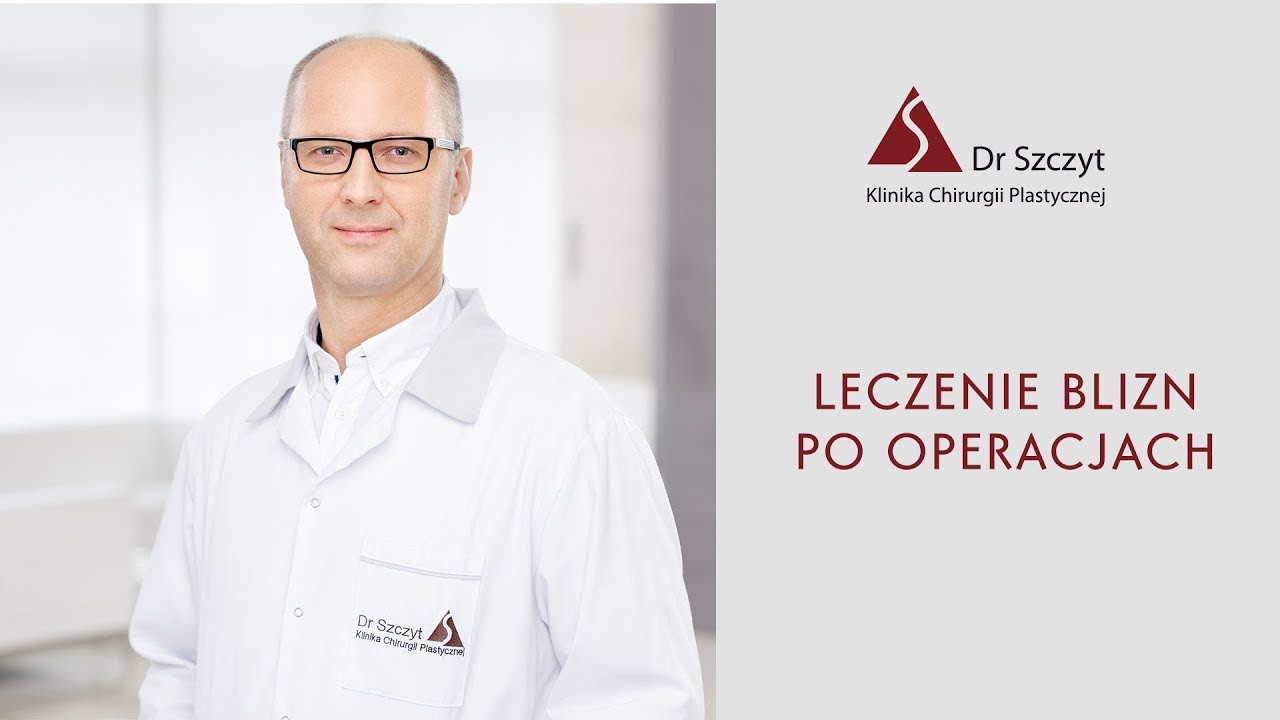How to support the body in recovering from mastectomy?

A mastectomy is not only a surgical procedure, but also a moment of transition into a new stage of life, requiring both physical and emotional adaptation. Although breast removal surgery is often part of the fight against cancer, its effects go beyond the operating room. The recovery process requires a conscious approach - proper wound care, a gradual return to physical activity and attention to mental comfort.
What is a mastectomy?
A mastectomy is a surgical procedure that involves the partial or complete removal of one or both breasts. It is most often performed as part of the treatment of breast cancer, but can also be a method of prevention for those at high risk of developing the disease. There are several types of mastectomy, depending on the extent of tissue removal - from simple removal of the mammary gland to procedures that also involve the lymph nodes and muscles of the chest.
Although mastectomy is an effective method of fighting cancer, it is also an emotional and physical challenge for many patients. The recovery process requires not only proper medical management, but also the support of a psychologist. Proper care of the surgical wound, rehabilitation and a gradual return to daily activities are key to comfort and quality of life after surgery.
Pain relief after mastectomy
After mastectomy, patients may experience various types of pain - from post-operative pain in the wound area, to discomfort related to muscle tension, to neuropathic discomfort resulting from nerve damage during surgery. The intensity of the discomfort depends on the extent of the surgery, the individual's sensitivity to pain, and the patient's health or activity level.
Pharmacological methods of pain relief
Pain treatment should be tailored to the type and severity of the condition. In the first few days after surgery, non-steroidal anti-inflammatory drugs (NSAIDs) containing ketoprofen or ibuprofen are most commonly used , as well as paracetamol, which has an analgesic effect and is gentler on the stomach. For more severe complaints, especially neuropathic pain, the doctor may prescribe duloxetine or gabapentin, which help reduce pain resulting from nerve damage. In exceptional situations, with very severe complaints, opioids are used, but their use requires extreme caution and physician supervision.
In some cases, it is also possible to provide what is known as preoperative pain management, which is the administration of medication before surgery to reduce the sensation of pain after surgery and reduce the risk of chronic pain.
Non-pharmacological methods of pain reduction
In addition to medication, it is worthwhile to reach for supportive methods that can significantly improve the patient's comfort. Gentle stretching exercises and physiotherapy help relieve muscle tension and improve circulation, which speeds up tissue regeneration. Lymphatic massages, performed as recommended by a specialist, are helpful in relieving swelling and discomfort. In addition, the use of warm or cool compresses not only relieves pain, but reduces inflammation.
It is very important that the patient does not underestimate persistent pain. If the discomfort does not subside despite the applied treatment or worsens, consult a doctor as soon as possible. Appropriate management will not only improve the comfort of life, but can prevent the development of chronic pain syndrome after mastectomy.
How to prevent lymphedema after mastectomy?
Lymphedema is a common complication after mastectomy, especially if lymph nodes were removed during surgery. It occurs as a result of impaired lymph drainage, leading to an accumulation of fluid in the tissues, which manifests as swelling of the upper limb on the operated side, a feeling of heaviness, limited mobility of the arm and increased susceptibility to infection. Long-term, untreated edema can lead to changes in the structure of the skin and subcutaneous tissue, so it is important to implement appropriate preventive measures.
Movement is one of the most important elements in preventing lymphedema, but it must be properly adapted to the patient's condition. Intense exercise and heavy lifting should be avoided without consulting a doctor or physiotherapist. Instead, gentle stretching and strengthening exercises are recommended to stimulate lymph flow and prevent lymph stasis.
It is also important to take care of the proper body position while resting. The hand on the operated side should be gently raised, which facilitates lymph drainage and reduces the risk of swelling. Special orthopedic pillows or rollers can be used to maintain a comfortable and favorable sleeping position.
One of the most effective ways to reduce swelling is manual lymphatic drainage, performed by a qualified physiotherapist. This is a specialized massage that stimulates lymph circulation and facilitates lymph drainage, reducing the risk of fluid accumulation in the limb. In some cases, compression therapy, or the wearing of compression sleeves, is also used to improve lymph circulation and prevent swelling.
Avoiding factors that exacerbate swelling
To reduce the risk of complications, the patient should avoid factors that can exacerbate swelling.
- Give up wearing tight clothes, jewelry and watches on the hand on the operated side.
- Protecting the skin from cuts, burns and infections that can lead to inflammation.
- Avoiding extreme temperatures, such as hot baths, saunas and exposure to freezing temperatures.
- Have a healthy diet and maintain a healthy body weight - being overweight increases the risk of lymphedema.
Physical activity after mastectomy - how to get back to fitness?
Properly selected exercises not only help prevent complications, but also improve the range of motion and contribute to better mental and physical well-being. In the first days after surgery, the priority is to gradually return to daily activities. The patient should avoid sudden movements and excessive strain on the hand on the operated side, but should not completely give up movement.
From the first days, light breathing exercises and gentle arm movement are recommended to prevent stiffness and movement restrictions. Walking is one of the best activities in the first stage of recovery - it improves blood circulation and reduces the risk of venous thrombosis.
After a few weeks, more advanced exercises can be gradually introduced, always under the guidance of a physiotherapist. The right set of exercises helps strengthen muscles, restore range of motion and reduce the risk of lymphedema. Initially, gentle movements in the shoulder joint are recommended, such as raising and lowering the arm or arm circles. As rehabilitation progresses, exercises to strengthen back, shoulder and chest muscles can be introduced to improve posture and reduce the risk of overload.
It is important to avoid lifting heavy objects and holding the hand in the same position for a long time during the first months after surgery. Proper posture is also important - hunching over or avoiding arm movement can lead to muscle tension and secondary pain. Working with a physiotherapist will help adjust the level of activity to the patient's individual capabilities, ensuring a safe return to fitness.
Follow-up visits - the most important part of recovery
Regular follow-up appointments after mastectomy play an important role in the recovery process. During these appointments, the doctor monitors the patient's condition, evaluates the course of wound healing and checks for complications. It is also an opportunity to consult any concerns and discuss any discomforts that may arise during the recovery period.
During follow-up visits, the specialist pays special attention to the appearance of the surgical scar, the mobility of the operated limb, and any signs of lymphedema. In some cases, it may be necessary to perform additional imaging tests, such as ultrasound or mammography of the other breast, to make sure that the healing process is going well.
Symptoms that require urgent consultation
The patient should see a doctor as soon as possible if she notices alarming changes:
- Redness or warming of the skin in the area of the scar,
- Fluid oozing from the wound,
- The appearance of nodules or hard thickenings in the operated area,
- Severe pain that does not subside despite the use of painkillers,
- Swelling and reduced mobility of the hand on the operated side.
Early detection of complications allows rapid diagnostic and therapeutic action, which significantly reduces the risk of more serious health problems.
In addition to regular visits to the doctor, it is a good idea to take care of your overall health and mental well-being. Some patients may experience emotional difficulties related to the loss of their breasts, so it is worth taking advantage of psychological or therapeutic support if necessary. It is worth remembering that each woman undergoes recovery from mastectomy at an individual pace, so it is important to tailor recommendations to her own abilities and needs.
FAQ
How long does it take to recover from a mastectomy?
Recovery time depends on the individual predisposition of the patient and the extent of the procedure performed. In most cases, it takes 4 to 8 weeks to return to daily activities, but full tissue healing and a return to full function can take several months.
Does lymphedema always occur after mastectomy?
Not every patient experiences lymphedema, but its risk increases if lymph nodes were removed during surgery. To reduce the likelihood of this complication, it is important to follow rehabilitation recommendations, avoid putting too much weight on the hand on the operated side, and maintain a healthy lifestyle.
What exercises are recommended after mastectomy?
Initially, gentle breathing exercises and light movements of the upper limb are recommended to prevent stiffness and limited range of motion. As recovery progresses, more advanced sets of movements can be introduced to improve muscle strength and mobility of the arm. It is best to consult a physiotherapist who will select appropriate exercises.
Is it possible to sleep on the operated side?
It is recommended to avoid sleeping on the operated side for the first weeks after surgery. The optimal position is that on the back or on the opposite side with a pillow underneath to provide comfort and support for the operated area.
Is it okay to wear a bra after a mastectomy?
Yes, but it is best to choose specialized bras for mastectomy patients that are seamless, soft and without underwire, which reduces the risk of irritation and promotes proper healing. It is a good idea to consult with your doctor or breast specialist about your choice of underwear.
How to take care of a mastectomy scar?
Keep the scar clean and follow the doctor's instructions for its care. You can use special ointments and silicone patches to help reduce the scar. In the later stages of recovery, consider rehabilitation treatments, such as scar massage, which improves the elasticity of the scar.
When can you return to work after a mastectomy?
Return to work depends on the type of activity performed and the individual's rate of recovery. Those doing office work can return after about 4-6 weeks, while those doing physical labor will need more recovery time. It is advisable to consult this issue with your treating physician.
Can breast reconstruction be performed after mastectomy?
Yes, breast reconstruction is possible both at the time of mastectomy and at a later time. There are several methods of reconstruction, including silicone implants and transplantation of the patient's own tissues. The choice of the appropriate technique depends on the patient's individual health conditions and the doctor's decision.
Is psychological support needed after mastectomy?
For many women, mastectomy is not only a surgical procedure, but also a huge emotional challenge. Support from a psychologist helps adapt to the new situation, improve self-esteem and cope with possible stress. Consider consulting a psychologist or participating in support groups for women after mastectomy.















